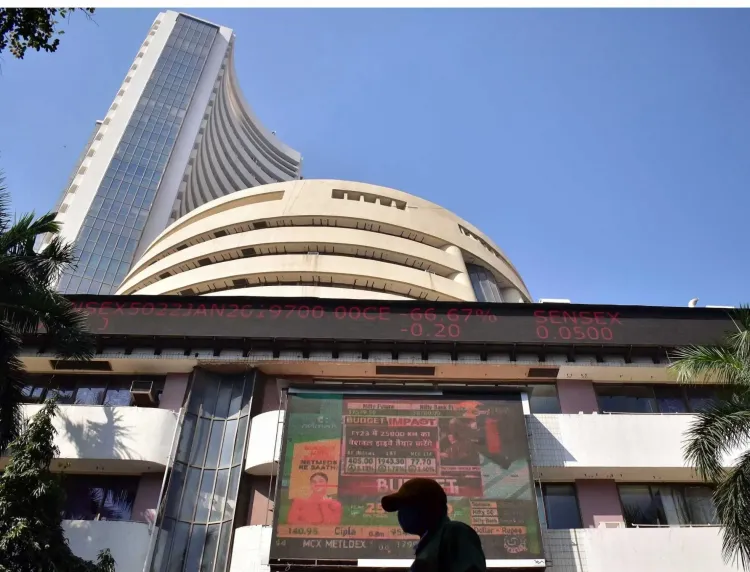Will Sensex Reach 1,07,000 by the End of 2026?

Synopsis
Key Takeaways
- India's Sensex could hit 1,07,000 by December 2026 in a bullish scenario.
- A 30 percent probability is attached to this forecast.
- The base-case scenario suggests a 95,000 target with 50 percent probability.
- External factors like oil prices and RBI policies could impact market performance.
- Positive macroeconomic indicators may lead to market re-rating.
New Delhi, Nov 18 (NationPress) The Indian benchmark index, Sensex, is anticipated to reach 1,07,000 by December 2026, reflecting a growth of approximately 26 percent from current figures, according to a report released on Tuesday that outlines its bullish scenario with a 30 percent probability.
The report from US investment bank Morgan Stanley also presents a base-case scenario indicating that the Sensex could hit 95,000 with a 50 percent probability.
This latest forecast updates Morgan Stanley's previous projections, acknowledging that the Indian markets have underperformed compared to emerging markets since 1994.
Previously, they had estimated that the Sensex would reach the 1,00,000 mark by June 2026, which was accompanied by a 30 percent probability.
Analysts suggest that relative valuations have notably corrected and likely reached a low point in October 2025, indicating that a positive growth surprise could emerge in the upcoming months, bolstering the market's re-rating.
For the index to rally towards its base case forecast of 95,000, the report highlights the necessity for sustained gains in macroeconomic stability through fiscal consolidation, increased private investment, and a favorable disparity between real growth and real interest rates.
Ridham Desai, managing director and chief India equity strategist at Morgan Stanley, noted, "In our base case, we foresee a resolution to the tariff issues between India and the US in the near future. We are also factoring in an additional 25 basis point (bps) reduction in short-term interest rates and a positive liquidity environment for monetary policy.”
However, Desai cautioned that if crude oil prices exceed $100 per barrel and the Reserve Bank of India (RBI) implements fiscal tightening measures while the US faces a recession, the Sensex could potentially decline to 76,000 by December 2026, a scenario with a 20 percent probability attached.









